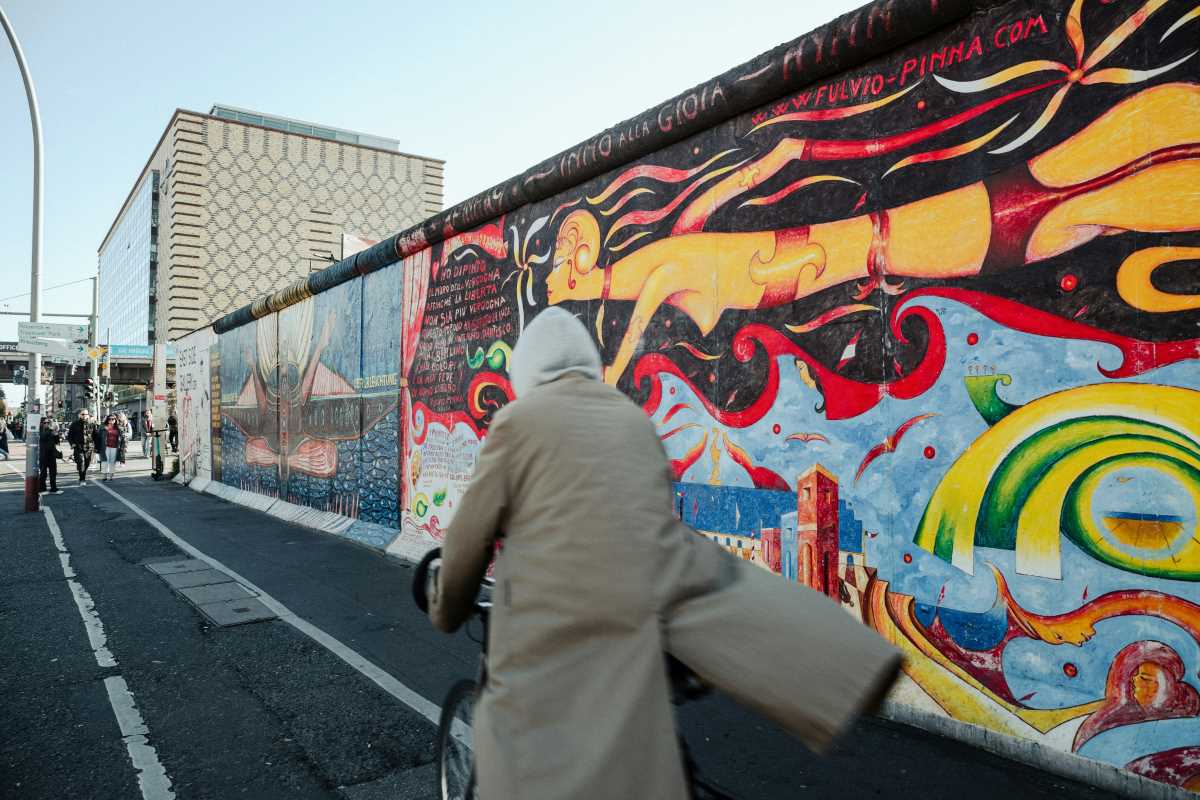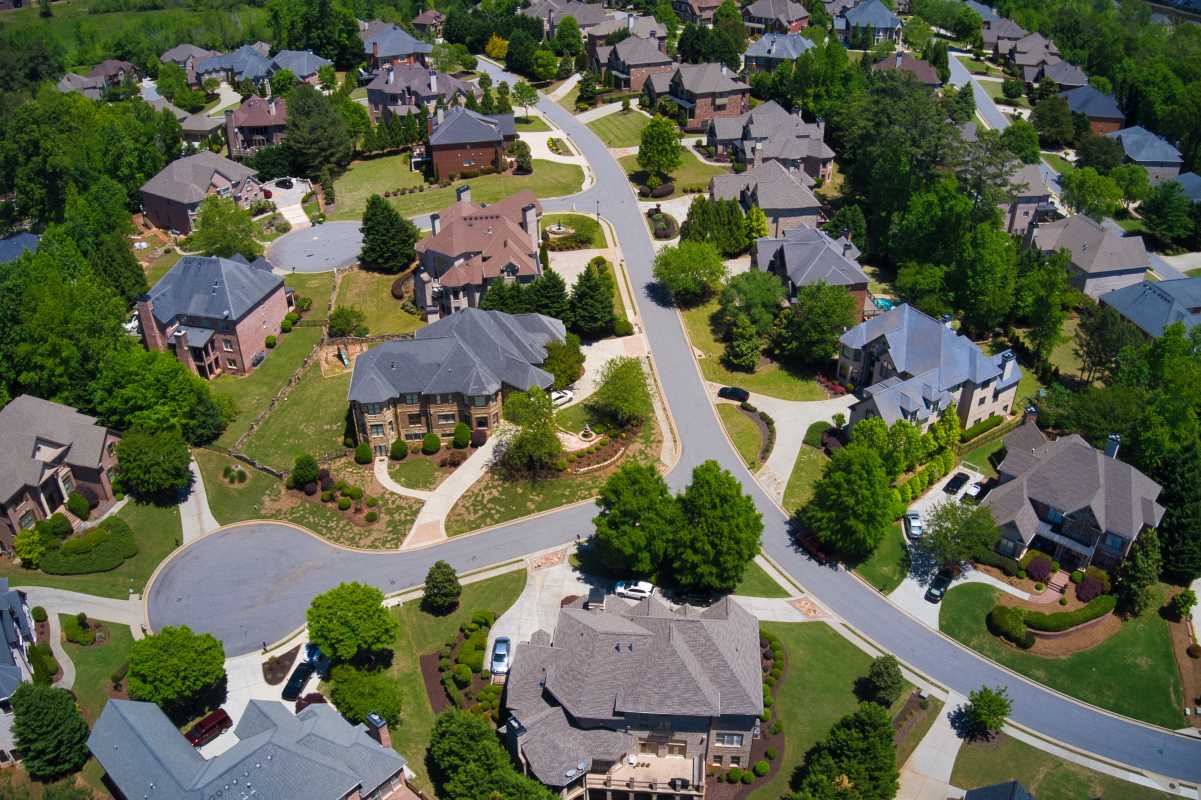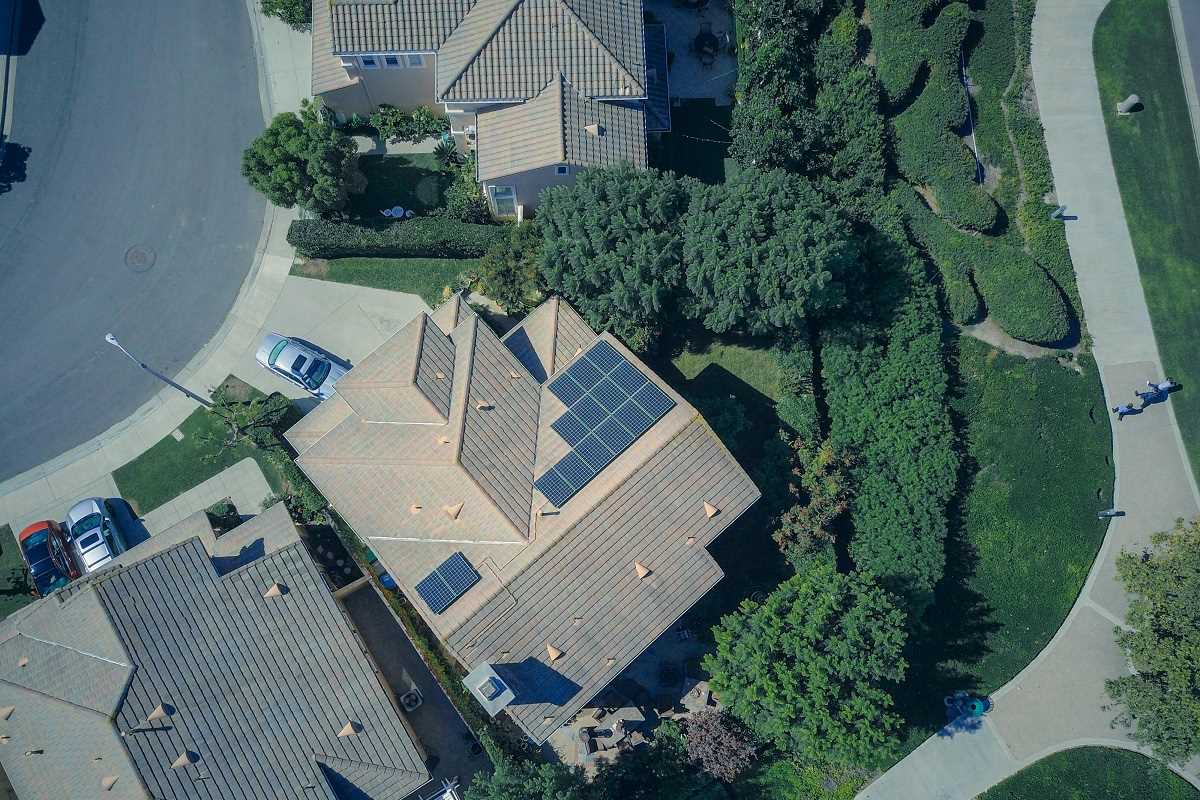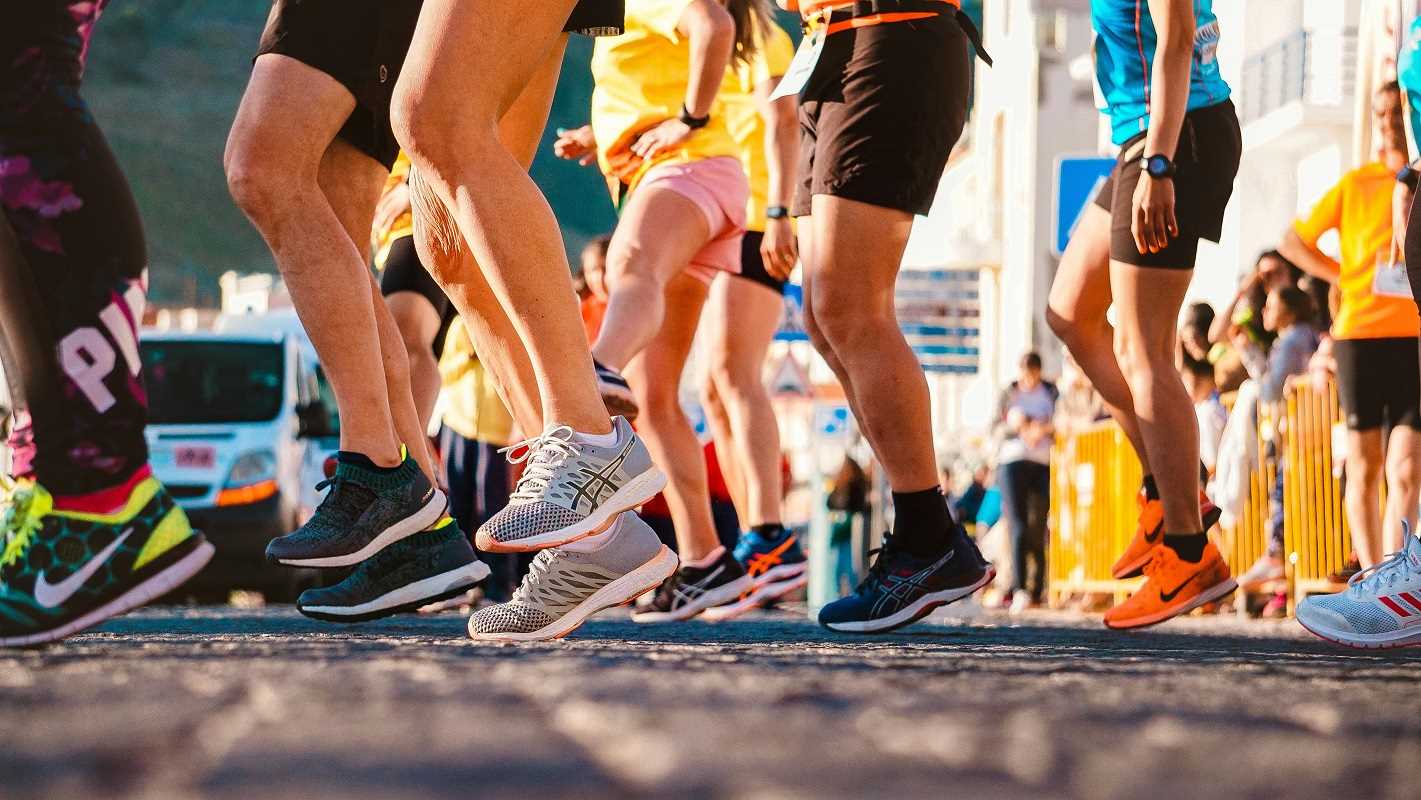Murals and community art installations turn once overlooked city walls into lively displays of color and storytelling. These creative projects line the streets with artwork that draws people in, prompting them to pause, reflect, and discover new perspectives. Not only do these public artworks brighten urban spaces, but they also build a sense of unity and revive pride in the local neighborhood. The creation of such murals involves much more than painting; artists and community members work together to ensure each piece reflects the values and culture of those who live there. Bringing a mural to life requires thoughtful planning, collaboration, and a deep respect for the stories that shape a community’s identity.
Discovering the Hidden Potential of Urban Spaces
City walls and alleyways often hide stories waiting to be told, waiting for someone to see their potential as canvases for expression. Recognizing these opportunities requires an eye for overlooked spaces that can serve as platforms for community storytelling. When residents see walls as opportunities rather than eyesores, it opens the door to creative renewal that reflects local heritage and aspirations. Turning these spaces into art hubs can spark conversations and inspire pride among those who live nearby, making the neighborhood feel more alive and connected.
Community art acts as a mirror, showcasing diverse backgrounds and shared dreams. It challenges the notion that public spaces are passive or purely functional, instead highlighting their capacity for meaningful interaction. Engaging local residents and artists in discussions about the neighborhood’s history and future can reveal themes and motifs that resonate deeply. These projects do more than decorate—they forge bonds and create a collective sense of ownership that encourages ongoing participation and preservation of the art.
Steps to Launch a Neighborhood Mural
- Identify community interests: Talk with residents to discover themes and messages that matter most. This step ensures the mural genuinely reflects local identity and garners support. Organize informal gatherings or surveys to gather input on ideas, colors, and imagery that resonate with the community’s history and future aspirations. The goal is to create a collaborative vision that excites and involves everyone, making the project more meaningful and sustainable.
- Secure permissions and partnerships: Contact property owners, local authorities, or neighborhood associations to obtain necessary approvals. Building relationships with local officials and organizations helps avoid legal hurdles and garners resources. Approach local businesses or nonprofits for sponsorship or in-kind support, such as supplies or funding. Having clear agreements and community backing ensures the project proceeds smoothly and with shared ownership.
- Design collaborative sketches: Organize workshops where artists and residents co-create design concepts. This inclusive process fosters a sense of ownership and ensures the final artwork aligns with community values. Use sketches or digital mock-ups to visualize ideas and gather feedback. Incorporate symbols, colors, or motifs that tell stories meaningful to the neighborhood, making the mural a true reflection of collective identity.
- Choose the right materials and tools: Select weather-resistant paints, brushes, rollers, and protective coatings suitable for outdoor environments. Consider eco-friendly options to reduce environmental impact. Budget for supplies based on the mural’s size and complexity, and look for discounts or donations from art suppliers when possible. Insider tip: pre-wet the wall surface to ensure better paint adhesion and longer-lasting results.
- Plan the execution timeline: Schedule work during favorable weather conditions, avoiding extreme heat or rain. Break down the project into manageable phases, assigning roles to volunteers, artists, and community members. Keep communication clear and consistent, with regular updates and checkpoints. Use social media or community boards to keep everyone informed and involved in celebrating milestones. A well-organized timeline minimizes delays and builds anticipation.
Promoting and Sustaining Your Mural
- Host a launch event: Celebrate the completion with a community gathering, inviting local musicians, food vendors, and storytellers. This event creates buzz, attracts visitors, and encourages ongoing engagement with the mural. Use the occasion to thank volunteers, sponsors, and artists, reinforcing the collective effort behind the project.
- Develop maintenance plans: Regularly inspect the mural for damage or fading. Arrange volunteer clean-up days or partner with local youth groups to maintain the artwork’s vibrancy. Applying protective coatings once a year can extend the mural’s lifespan, preserving the community’s investment in their public art. Sharing maintenance responsibilities helps foster ongoing pride and participation.
- Encourage ongoing community participation: Use the mural as a backdrop for workshops, storytelling sessions, or art classes. Create opportunities for residents to add their own touches or messages, turning the mural into an evolving piece of community expression. This continuous interaction keeps the space dynamic and relevant, strengthening bonds among neighbors and visitors alike.
- Share your success stories: Document the process through photos, videos, and testimonials. Share these stories on social media, local newspapers, or community newsletters to inspire others. Highlight the positive changes brought by the project, such as increased foot traffic or neighborhood pride, encouraging more projects elsewhere. The more visible the impact, the more likely others will follow suit.
- Explore further opportunities: Use the momentum to plan additional art projects or community events. Consider creating a neighborhood arts trail or hosting annual mural festivals. This ongoing effort can turn your area into a cultural hub, attracting visitors and fostering a sense of shared achievement. Building on previous successes ensures the neighborhood continues to evolve creatively.
With planning and teamwork, you can turn ordinary neighborhood walls into inspiring spaces. These shared creations help everyone feel connected and proud of their community.
 (Image via
(Image via


.jpeg)


